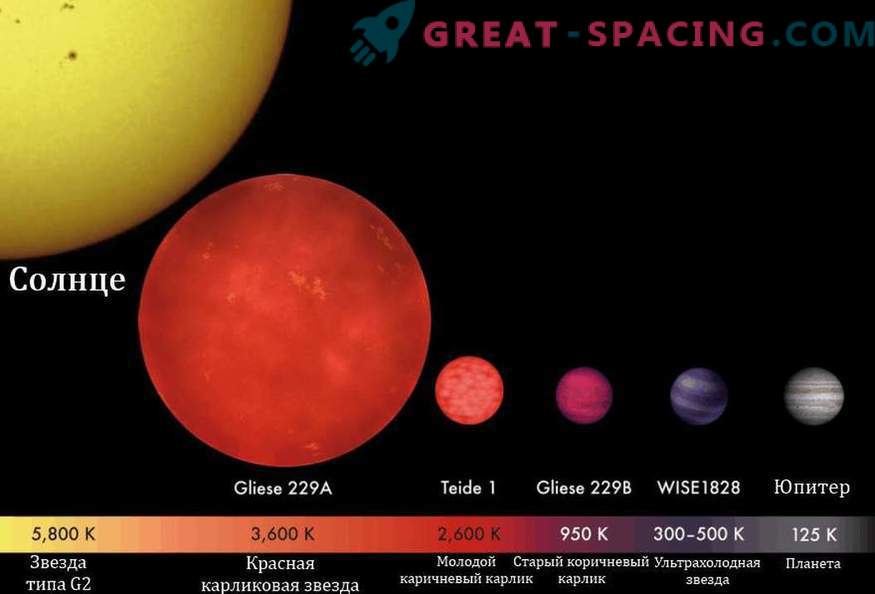
We are accustomed to the standard scheme: there is a star and the planets revolve around it. Together, this constitutes a stellar system that rotates around the galactic center. However, there are objects out of this view.
Orphan Planets

They are called loners, orphans, vagrants, interstellar or free-moving planets. If we talk about nature, then we have heavenly bodies with a planetary mass and a spherical shape. In fact, these are classical planets, but they do not obey the gravity of a particular star or another more massive planet.
They are not attached, and therefore are considered "free" and "lonely." If you live in a galaxy, then perform a rotation around the center. But there are such instances that are on the territory of the intergalactic space. Then they generally may not have a gravitational binding to something.
How are they formed?

Comparative sizes of various types of stars
Many scientists are convinced that the planet itself can not appear. And in general, the planet can be called only the cosmic body, which was born from the star material during the formation of the system. Therefore, the majority believe that such objects initially arise near the host stars and already due to a cataclysm, explosion or collision are thrown out of the system and removed. In the International Astronomical Union for a long time tried to deal with such celestial bodies and decided to assign them to the class of brown dwarfs. So, this is not a planetary, but a star category. More specifically, it is a large gas object, inferior in terms of parameters to brown dwarfs and not tied to star by gravity.
However, there are also super-earths (not gas, but rocky worlds), which can not be attributed to stellar classes. The term “planetar” can be applied to them, which is also closer to brown dwarfs, but with a planetary nature.
How many are there in the galaxy?

A color image from the Pan-STARRS 1 telescope shows freely the orphan planet PSO J318.5-22 in the constellation Capricorn
We manage to find planets due to their proximity to the star. Most often, they fix the passage of the world in front of a star, because of which the light is blocked. With lonely planets, everything is more complicated, because they live separately in darkness.
In 2010-2015 able to analyze 2600 orphan planets using the project OGLE. Initially it was thought that in the territory of the Milky Way they could be counted around 200 billion copies, which means that they are very common. Later this number was reduced by half. The last study was conducted this year using computer simulations. To this end, a star cluster model was created in the center of the Orion Nebula. Solar stars with planets were used here. Then squandered time for millions of years ahead and watched what would happen.
Surprisingly, due to various events of the collision and explosions from about 2500 worlds, more than 350 broke out of the limits of stellar influence and became vagrants. Scientists conducted an extrapolation of the data and presented a new amount. In the Milky Way, you can find somewhere around 16 billion orphan planets.
Postscript
Moreover, researchers believe that the planet has also escaped from under solar supervision. Perhaps it is worth blaming her for the fact that Uranus seems to lie on its side (rotates under extreme axial tilt).











































